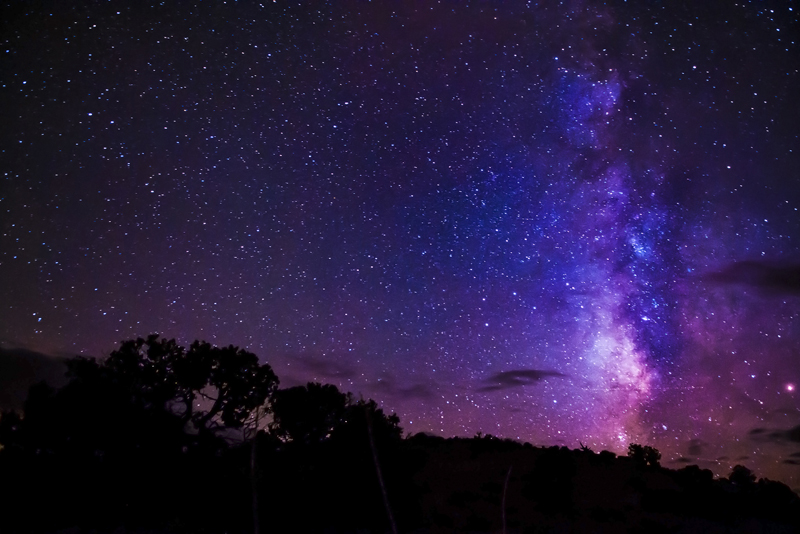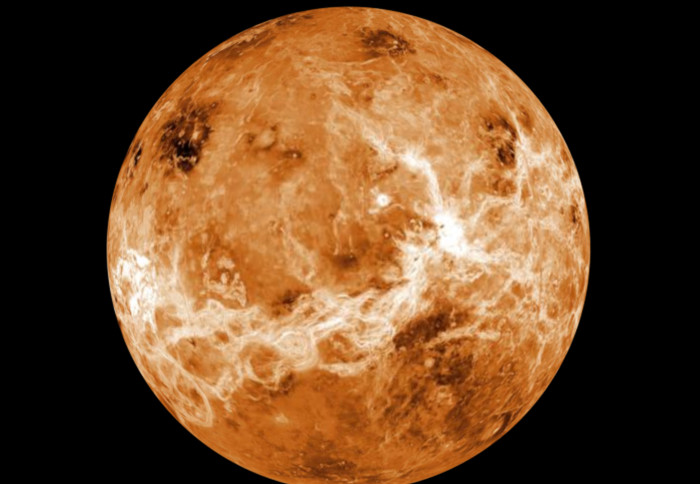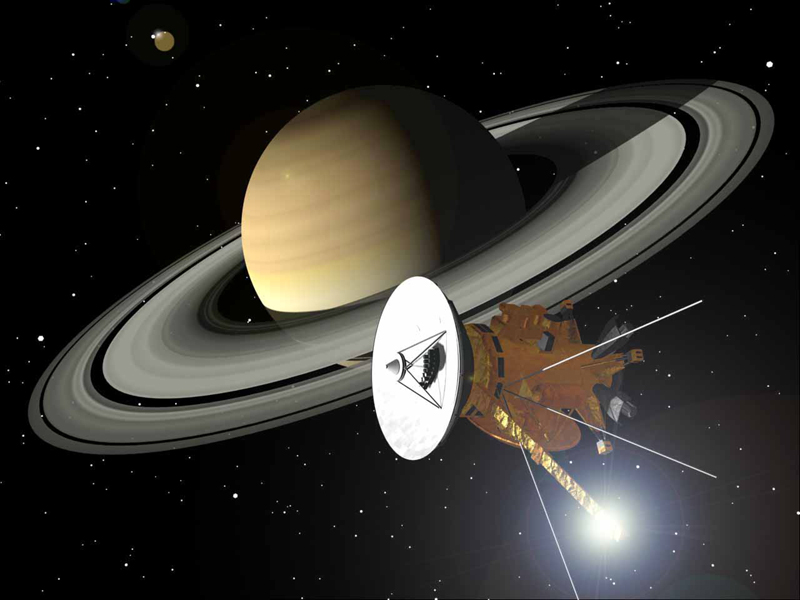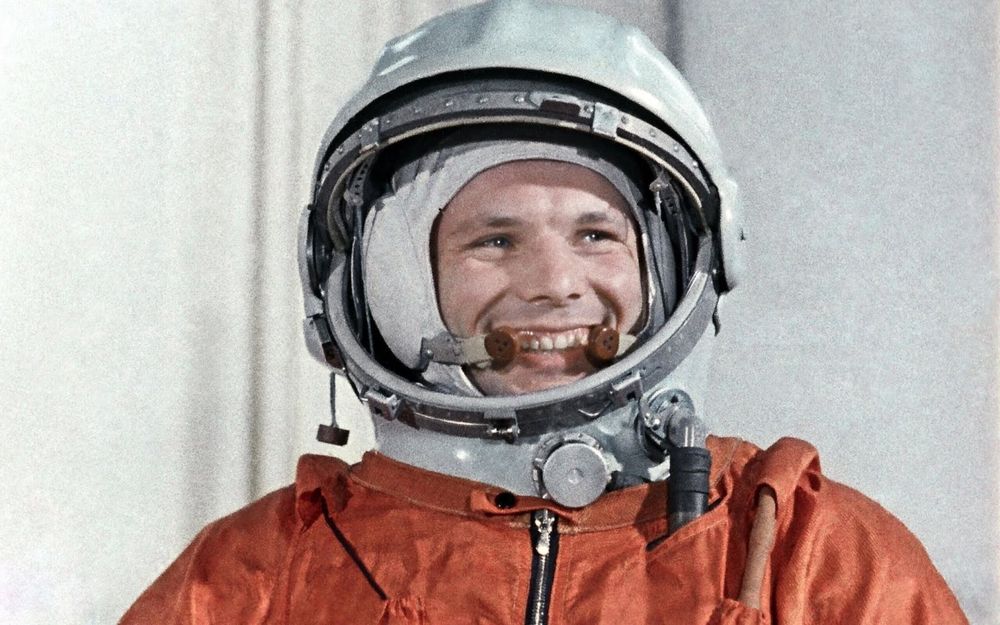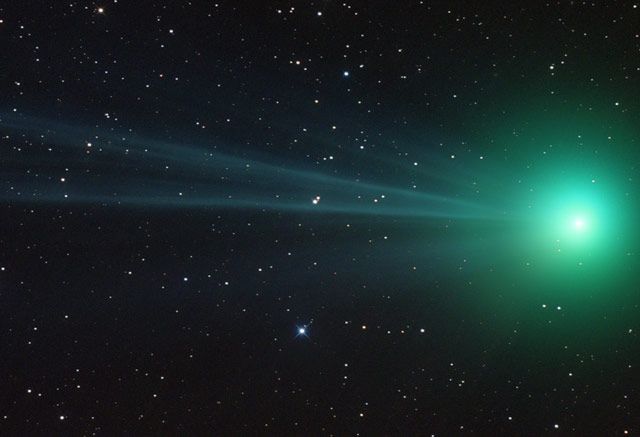Hi everybody
Here is the latest article from the Astronomy site at BellaOnline.com. It takes you back to the start of astrophotography in the 19th century. I thought it would be a nice companion piece to "Royal Greenwich Observatory Photography" which shows what even amateurs can do today. http://www.bellaonline.com/articles/art39799.asp
Photography and the Birth of Astrophysics
Saturn's rings, spiral galaxies, solar flares. Astrophotography has shown us some wonderful images, but it's more than pretty pictures. It has allowed us to discover objects too dim for the human eye to see. Partnered with spectroscopy, it's moved astronomy from mapping to understanding the stars.
http://www.bellaonline.com/articles/art19545.asp
*Anniversaries*
(1) On November 8, 1656 Edmund Halley was born. He didn't discover the comet that bears his name, he did something much more fantastic. Using the new laws of gravitation formulated by his friend Isaac Newton, he was calculating the orbits of comets. In doing so, he discovered that some of them, over the centuries, had similar orbits to the one he had seen. He predicted that it would return in 1758. Halley had died many years before, but the comet did return and was first spotted on Christmas Eve of the predicted year.
(2) Carl Sagan was born on November 9, 1934. It's hard to believe that he's been gone for fourteen years, because he is remembered by so many of us. He was an inspiration to generations of children and adults who watched "Cosmos," read his books and articles or were moved to look up at the sky after a taste of his infectious curiosity and enthusiasm.
When Voyager 1 was nearly four billion miles away, it had finished its primary mission and was headed for the edge of the Solar System. It was Sagan's idea to have it turn and photograph the inner Solar System, its home. In one famous photo, Earth appears as a "pale blue dot." You can see it about halfway down the light brown stripe on the right of the picture. http://upload.wikimedia.org/wikipedia/commons/7/73/Pale_Blue_Dot.png
I still find this picture incredibly moving. Even moreso, Sagan's reflection on it. Here it is in part:
"Look again at that dot. That's here, that's home, that's us. On it everyone you love, everyone you know, everyone you ever heard of, every human being who ever was, lived out their lives. The aggregate of our joy and suffering, thousands of confident religions, ideologies, and economic doctrines, every hunter and forager, every hero and coward, every creator and destroyer of civilization, every king and peasant, every young couple in love, every mother and father, hopeful child, inventor and explorer, every teacher of morals, every corrupt politician, every "superstar," every "supreme leader," every saint and sinner in the history of our species lived there – on a mote of dust suspended in a sunbeam.
"It has been said that astronomy is a humbling and character-building experience. There is perhaps no better demonstration of the folly of human conceits than this distant image of our tiny world. To me, it underscores our responsibility to deal more kindly with one another, and to preserve and cherish the pale blue dot, the only home we've ever known."
https://planetary.org/bluedot_poster.html
(3) On November 11, 1875 Vesto Slipher was born. He was an American astronomer who worked at the Lowell Observatory in Arizona, eventually becoming its director. You may not ever have heard of him, but he was highly regarded in his lifetime and received many prestigious awards for his work. Pluto fans may like to know that he was responsible for hiring Clyde Tombaugh, discoverer of what is now classified as a dwarf planet.
Slipher was the first to discover the redshift of galaxies, although Edward Hubble is often given the credit. If a heavenly body shows a redshift, it means that it's moving away from us.
That's all for this week. Wishing you clear skies.
Please visit astronomy.bellaonline.com for even more great content about Astronomy.
To participate in online discussions, this site has a community forum all about Astronomy located here -
http://forums.bellaonline.com/ubbthreads.php?ubb=postlist&Board=323
I hope to hear from you sometime soon, either in the forum or in response to this email message. I welcome your feedback!
Do pass this message along to family and friends who might also be interested. Remember it's free and without obligation.
Mona Evans, Astronomy Editor
http://astronomy.bellaonline.com
astronomy Newsletter
